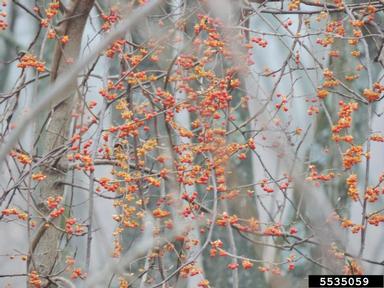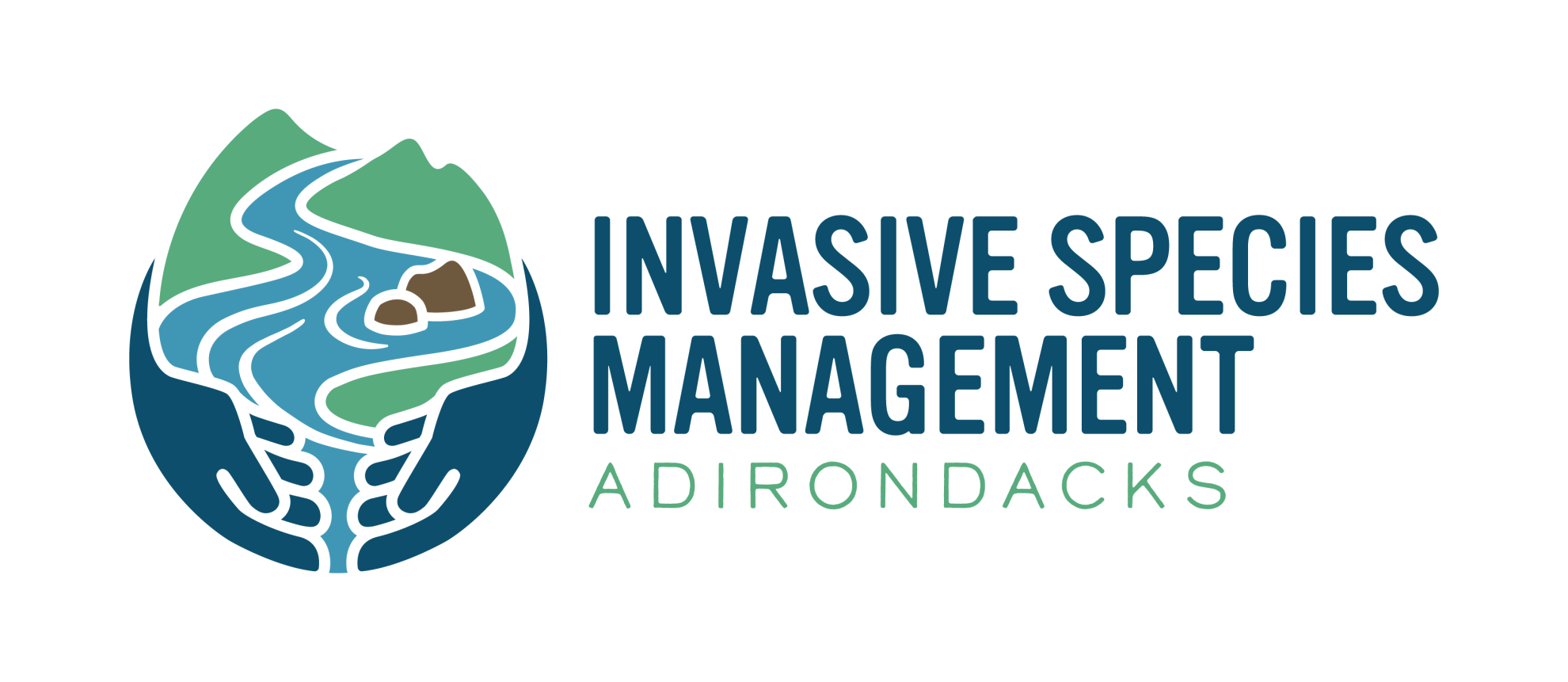APIPP News: Know your Bittersweets; More about Deer; Partner Meeting on Dec. 6

APIPP News: Know your Bittersweets; More about Deer; Partner Meeting on Dec. 6
Bittersweet photo credit: Richard Gardner, Bugwood.org
Dear Partners,
Happy November. As we enter the holiday season, some of you may be thinking about decorating with bittersweet plant wreaths. Read some cautions about bittersweet species below. Others of you may be thinking about hunting season, and below you can learn more about how deer impact our forested ecosystem.
Still others of you may be thinking about how to stay engaged during the winter. If you are not familiar with APIPP’s YouTube channel, check it out. All of our webinars are archived here and you can use the long winter nights to catch up on what you missed this year. And, if you want to connect with friends and colleagues and learn more about APIPP’s work over the last 20 years, please make plans to attend APIPP’s Anniversary Celebration and Partner Meeting on December 6, either virtually or in person. Click to register.
Bittersweets
Is it bitter or is it sweet? Two bittersweets grow in the Adirondack region. Our native species, American bittersweet (Celastrus scandens), is often used by native plant gardeners to cover trellises or climb walls. Its invasive counterpart, known as Oriental bittersweet (Celastrus orbiculatus), is native to Asia and is highly invasive here.
Both species are climbing, woody vines that can outcompete other vegetation by blocking light and girdling trees and shrubs. The vines are often used to make ornamental wreaths, but make sure you are only using American bittersweet for this purpose! Oriental bittersweet is on New York’s prohibited plant list, and it is illegal to purchase, sell, transport, or propagate this species. If you inadvertently made or purchased a wreath made out of the invasive bittersweet, do not discard it outside! The seeds may germinate and spread this plant.
Late fall is a great time to tell the bittersweet species apart. While the leaves of the native bittersweet are generally elliptical in shape, and the leaves of the invasive bittersweet are more oval-shaped, the difference can be hard to distinguish in the field. The fruits (berries), however, are easier to differentiate. Invasive bittersweet fruits grow in clusters along the entire length of the vine, while native bittersweet fruits are clustered at the end of each branch. Also, the husk of invasive bittersweet fruit is brighter yellow than its orangish native counterpart. Good pictures can be found at this link.
As to whether these species are bitter or sweet, the answer is in the eye of the beholder. Do not be tempted to taste the berries! The plants are in the nightshade family and, even though the fruits can be safely eaten by some wildlife species, they can be toxic to humans.
Invasive Species and White-tailed Deer
If you missed the “How Deer Shape Forest Ecosystems” webinar, you can find the recording on APIPP’s YouTube channel here. This is already our most-watched webinar of the year. A big thank you to NYS Department of Environmental Conservation (DEC) Big Game Biologist Brendan Quirion for presenting such an informative webinar on the impact of extensive deer browse on our forests. Brendan followed up after the meeting with a link to another interesting connection between deer and an invasive species, earthworms! Click the link and read page two for the surprising research results discussed in a recent USDA Forest Service publication.
Remember, if you are hunting this fall—or just taking a walk in the woods—be sure to clean all boots and equipment. Invasive plant seeds can easily hitchhike on your clothes and gear before snow covers the ground.
Celebrate APIPP’s 20th Anniversary at the December Partner Meeting—
Wednesday, December 6, 10:00am-2:00pm, Keene Valley, NY (virtual option available from 10:00am-12:00pm)
You are part of APIPP’s history! Join us in celebrating APIPP’s 20th anniversary at the 2023 APIPP Fall Partner Meeting on Dec. 6. The meeting will start with a brief history of APIPP, followed by time for attendees to add their stories about being involved with APIPP. APIPP staff will then provide highlights from APIPP’s summer 2023 season, including showcasing the importance of volunteers to the success of this program.
The meeting will be held at The Nature Conservancy’s office at 8 Nature Way in Keene Valley, NY, with a Zoom option for those who wish to virtually attend the 10:00am–12:00pm morning session. Please register to join us. If you are joining us in person, please come a little early to say hello, grab some coffee, and take a seat. Please bring your own lunch, and plan to stay until 2:00pm for a partner roundtable. We will have beverages and snacks.
On a personal note, I had the opportunity to take a once-in-a-lifetime trip to Bhutan in October. I was lucky enough to see Himalayan hemlock (Tsuga dumosa) along the trail, and to see it co-existing with a native adelgid. This was certainly a trip highlight for a plant geek! If I see you at the December Partner Meeting, I can tell you more about my trip.
Regards,
Tammara

